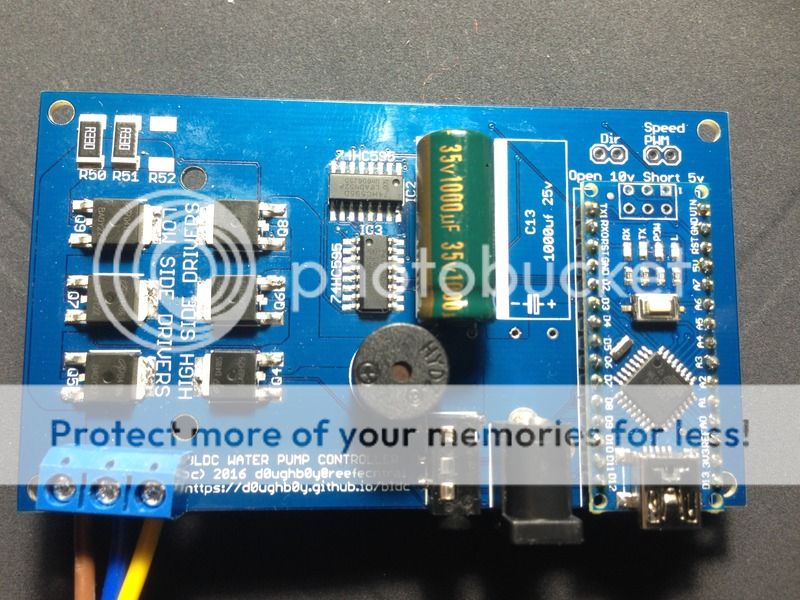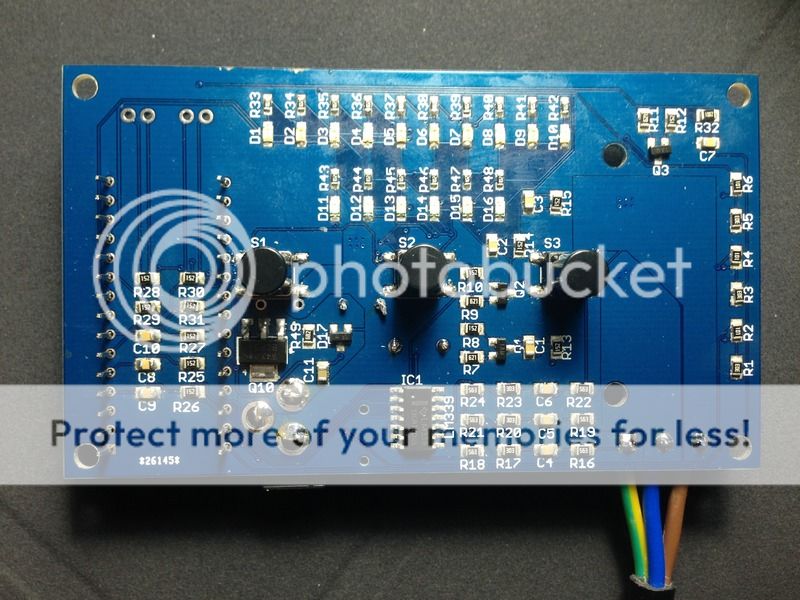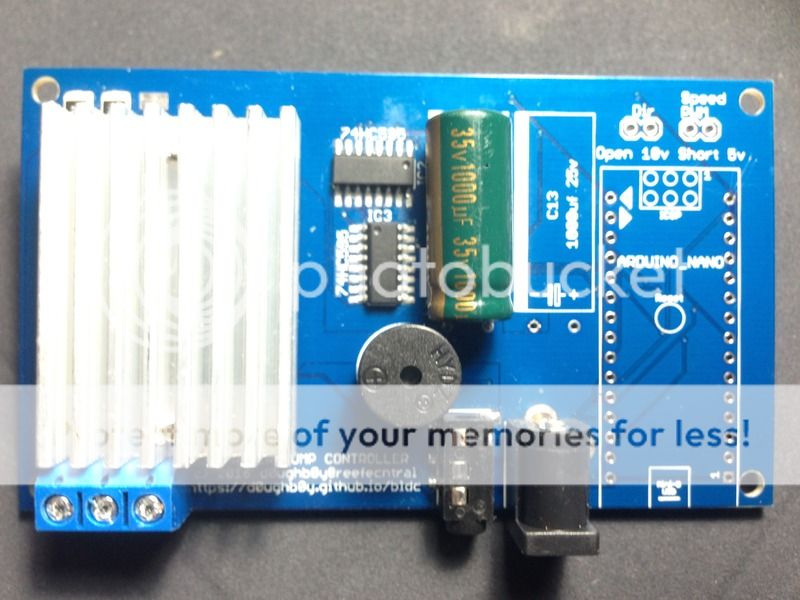wirewiggler
New member
Following this thread, I have a jebao 6000 and want to tie to my apex so I can slow my main pump down at night. I was going to get a Waveline and keep the Jebao as a spare but I have read Wavelines are not holding up and are terrible to deal with for service. This will probably be overkill for the 6000, what power supply would you recommend, I hear that is the weak point of the Waveline.
Bill
Bill



